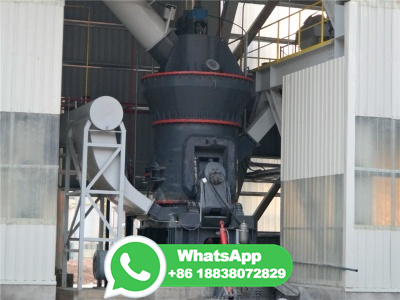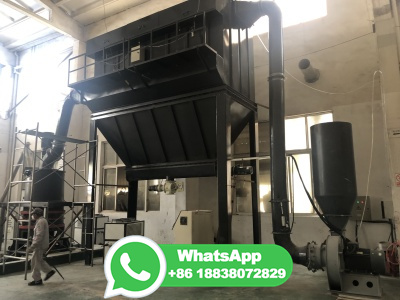Coking coal of the United States—Modern and historical coking coal .
WEBCoking coal, or metallurgical coal, has been produced in the United States for nearly 200 years. Coking coal is primarily used in the production of coke for use in the steel industry, and for other uses (for example, foundries, blacksmithing, heating buildings, and brewing). Currently, coking coal is produced in Alabama, Arkansas, Pennsylvania, ia, .






















